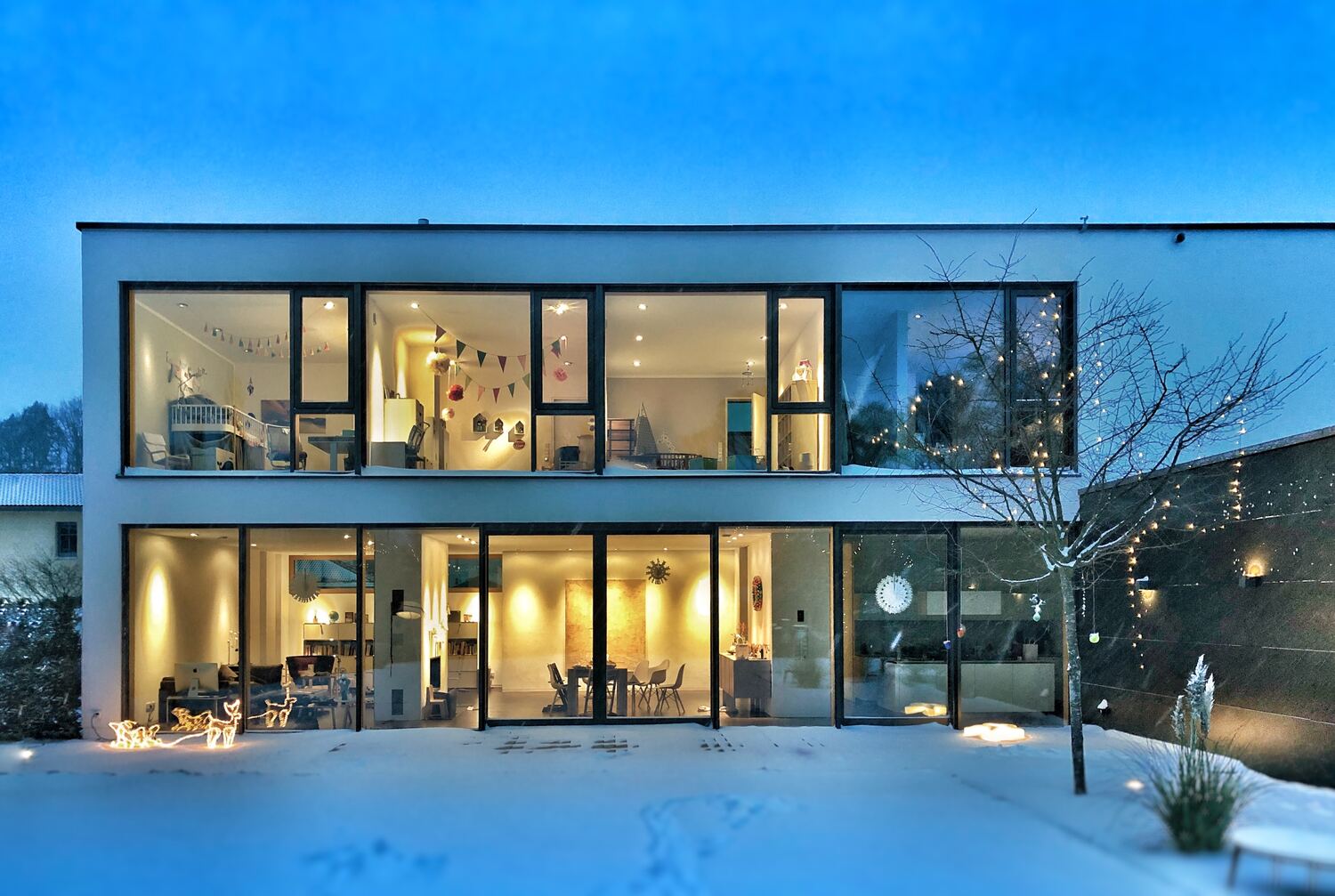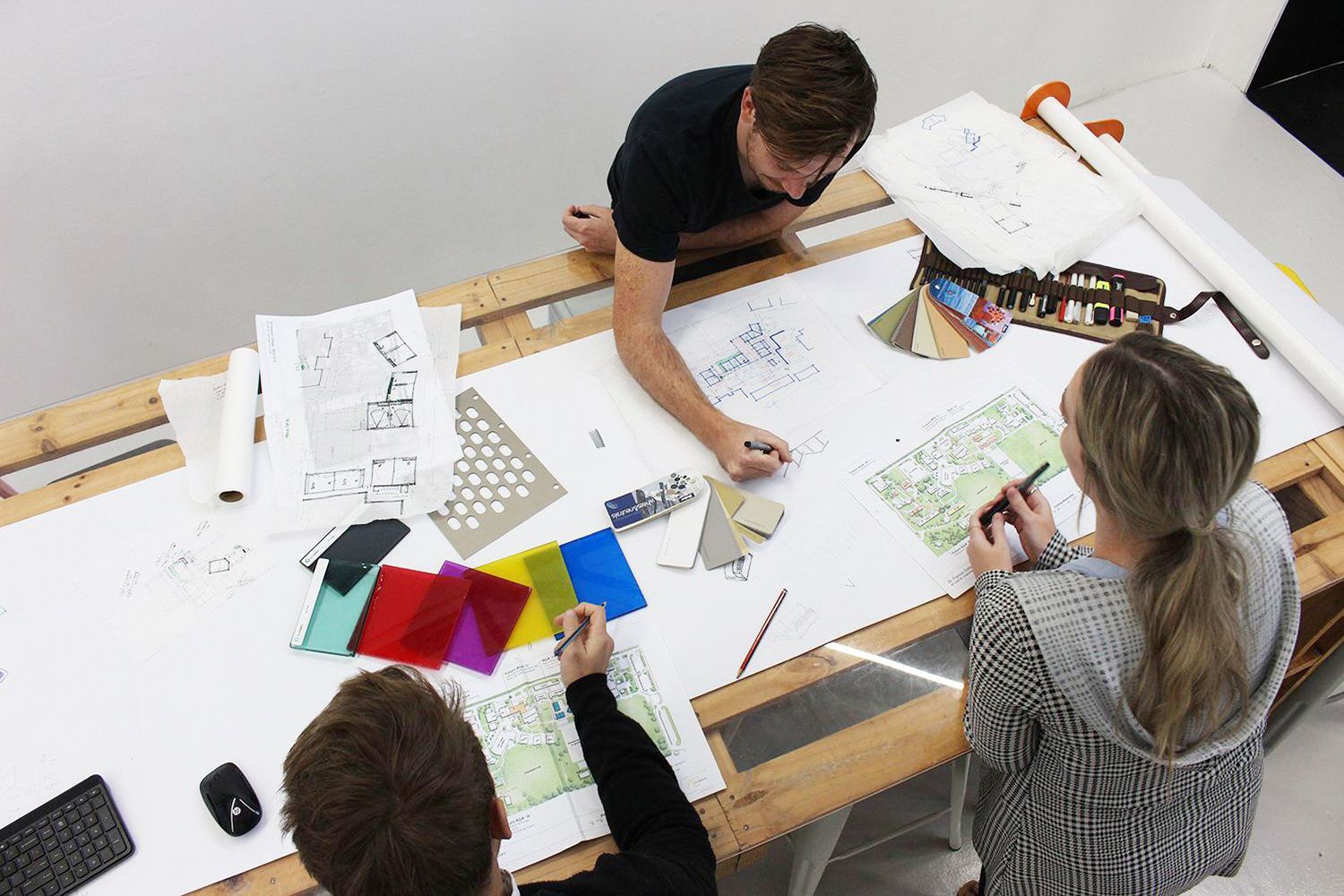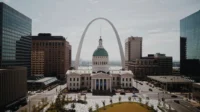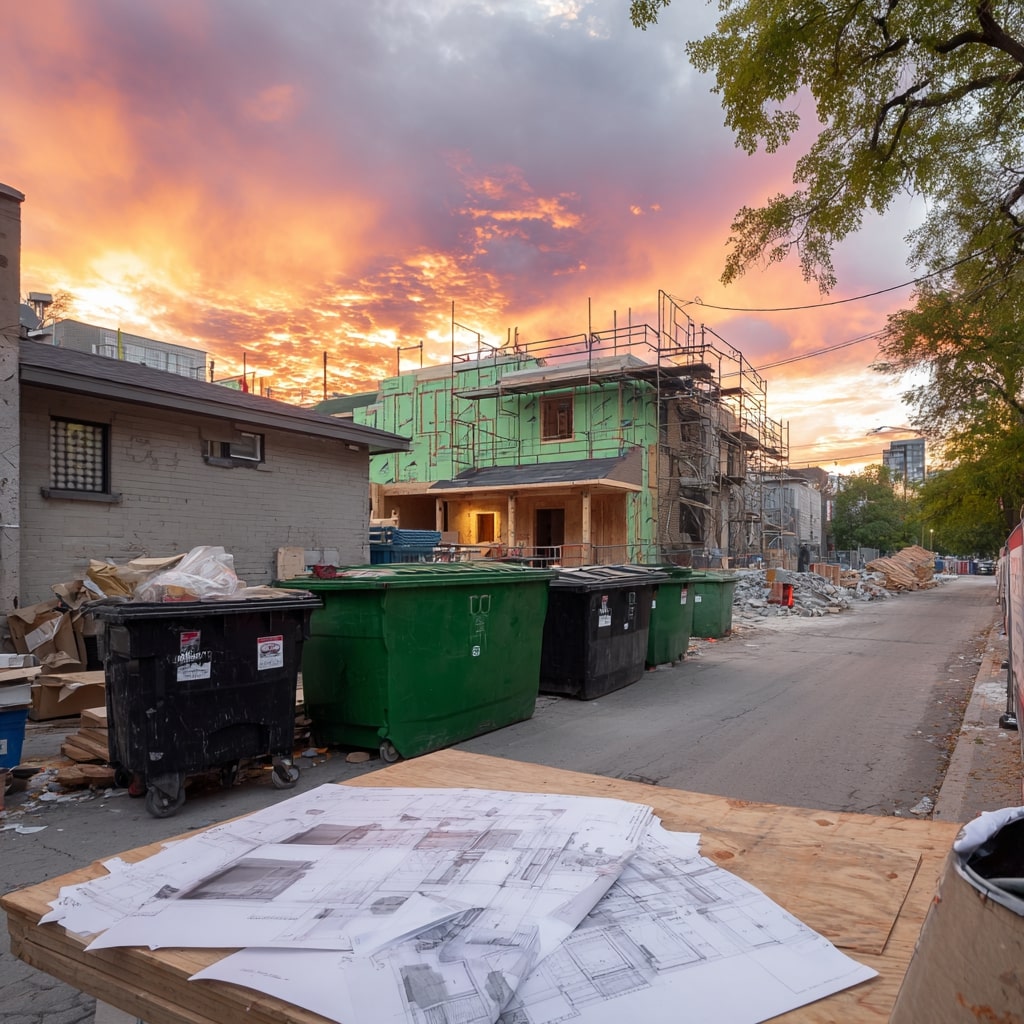- Home
- Articles
- Architectural Portfolio
- Architectral Presentation
- Inspirational Stories
- Architecture News
- Visualization
- BIM Industry
- Facade Design
- Parametric Design
- Career
- Landscape Architecture
- Construction
- Artificial Intelligence
- Sketching
- Design Softwares
- Diagrams
- Writing
- Architectural Tips
- Sustainability
- Courses
- Concept
- Technology
- History & Heritage
- Future of Architecture
- Guides & How-To
- Art & Culture
- Projects
- Interior Design
- Competitions
- Jobs
- Store
- Tools
- More
- Home
- Articles
- Architectural Portfolio
- Architectral Presentation
- Inspirational Stories
- Architecture News
- Visualization
- BIM Industry
- Facade Design
- Parametric Design
- Career
- Landscape Architecture
- Construction
- Artificial Intelligence
- Sketching
- Design Softwares
- Diagrams
- Writing
- Architectural Tips
- Sustainability
- Courses
- Concept
- Technology
- History & Heritage
- Future of Architecture
- Guides & How-To
- Art & Culture
- Projects
- Interior Design
- Competitions
- Jobs
- Store
- Tools
- More

Architecture is more than bricks and mortar—it is a physical expression of culture, memory, and identity. As cities evolve and skylines shift, the importance of understanding and preserving architectural heritage becomes not only a matter of conservation but a vision for the future. By recognizing the value embedded in historic structures, societies can shape more meaningful, inclusive, and sustainable urban environments.
Table of Contents
ToggleWhat Is Architectural Heritage?
Architectural heritage refers to buildings, structures, and spaces that have historical, cultural, artistic, or social significance. These can range from grand monuments and ancient temples to modest vernacular homes and public spaces. Each tells a story, capturing a moment in time, a community’s way of life, or a civilization’s achievements.
This heritage acts as a living archive. It allows us to trace our roots, understand stylistic evolutions, and engage with past ways of thinking about space, material, and function. From the mudbrick cities of Mesopotamia to the intricate Ottoman architecture or brutalist modernist buildings, architectural heritage reflects diverse responses to geography, climate, belief, and technology.

Why Does It Matter for the Future?
In the face of rapid urbanization, globalization, and climate change, the built environment is under constant pressure. Many heritage structures face the threat of demolition, neglect, or insensitive renovations. Yet, preserving these elements is not about freezing the past; it’s about informing the future.
1. Sustainable Development:
Reusing historic buildings reduces the environmental impact of new construction. By integrating heritage into sustainable planning strategies, cities can minimize waste, save energy, and reduce carbon footprints.
2. Cultural Continuity:
Architectural heritage nurtures a sense of identity. In an increasingly homogenized world, preserving local architecture helps communities retain their distinctiveness and pride. This sense of place strengthens social cohesion and belonging.
3. Educational Value:
Old buildings are powerful teaching tools. They offer real-life case studies in design, engineering, materials, and resilience. They also encourage critical thinking—about what to preserve, what to adapt, and how to reinterpret tradition in a modern context.
4. Economic Potential:
Heritage-led regeneration can breathe new life into urban areas. From tourism to adaptive reuse projects, such developments attract investment, generate jobs, and revitalize communities.

Credit: Architectural Conservation – MSc – Postgraduate courses – University of Kent
Rethinking Preservation
Modern approaches to architectural heritage have moved beyond simply restoring buildings to their original state. Instead, there is a growing emphasis on adaptive reuse—a strategy that transforms heritage structures to meet contemporary needs without erasing their historic character. This approach bridges the gap between past and future, creating buildings that are functional, relevant, and respectful of their origins.
Digital technologies, too, are reshaping heritage conservation. Tools like 3D scanning, AI-based modeling, and virtual reality help document fragile sites and recreate lost structures. These innovations open new paths for education, storytelling, and even remote tourism.
The Role of Architects and Planners
For future generations to inherit a meaningful architectural landscape, today’s architects and urban planners must act as both designers and custodians. Heritage should not be seen as a barrier to progress, but as a foundation to build upon. Design decisions must be informed by context—social, historical, and spatial.
Engaging with heritage also demands a more inclusive mindset. Whose stories are we preserving? Which histories are highlighted, and which are forgotten? Ensuring diverse voices and communities are represented in heritage discourse is essential for a more equitable future.

Conclusion
Understanding architectural heritage is not about romanticizing the past—it is about building a richer, wiser, and more sustainable future. As we face global challenges, the stories embedded in our built environment offer lessons in resilience, adaptation, and creativity. By honoring the past, we equip ourselves with the tools to design a better tomorrow.
Submit your architectural projects
Follow these steps for submission your project. Submission FormLatest Posts
Why Smart Bin Rental Strategy Shapes Better Architecture Projects
Picture this: you’re standing before your dream architectural project, blueprints approved, permits...
The 10 Most Iconic Buildings in the World and Their Stories
From ancient marvels like the Great Pyramid of Giza to modern icons...
How to Choose the Best Balloon Garland Kit for Your Event Theme
Balloon garlands are now a very popular decoration for today’s celebrations, including...
Dependable Service for Everyday Appliance Problems
When a washer stalls mid-cycle or a fridge warms up, you need...











Leave a comment